Fashion has always been political. From Eighties power suits and pussy-bow blouses, to the 2018 Golden Globes where attendees coordinated their outfits in black to honour the #MeToo movement, what we wear tells a story.
And behind some of the most radical shifts in style, there’s a woman who was willing to push the boundaries. To celebrate International Women’s Day, which takes place on 8 March, we delve into the stories of five women who changed the course of fashion.
While this list is not comprehensive, these are the names that are perhaps not as recognisable, but certainly should be.
1. Sarah Burton
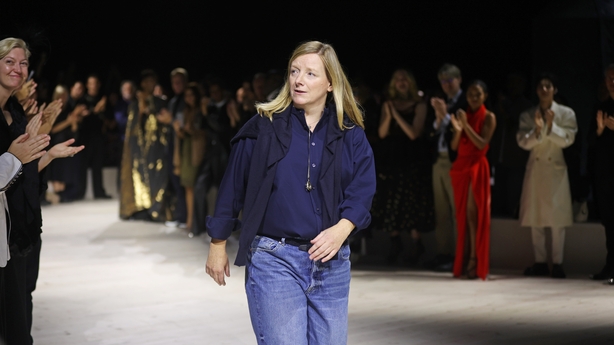
Best known for designing the Princess of Wales’ wedding dress, Macclesfield-born designer Sarah Burton took the helm at Alexander McQueen under tragic circumstances.
Following the founder Lee Alexander McQueen’s passing in 2010, she was appointed as his successor after years of working closely with him.
Burton preserved McQueen’s dark romanticism while refining it with a softer, more feminine touch. In 2011, her intricate silk satin wedding gown for the then Duchess of Cambridge marked a turning point for the brand.
Over the years, she infused McQueen’s collections with dark romanticism and a poetic sensibility, balancing tradition with modernity.
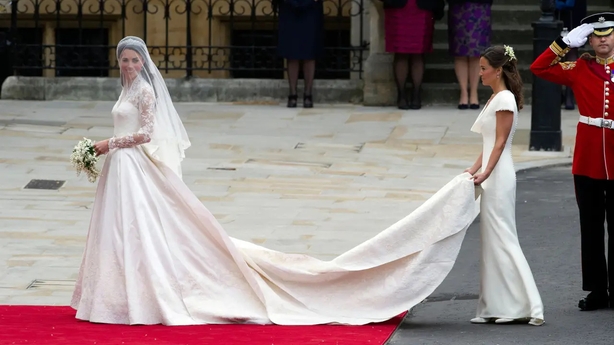
After over two decades at McQueen, Burton embarked on a new chapter in 2024 as creative director of Givenchy.
All eyes are now on how she will shape the next era of the French fashion house with her signature blend of technical precision, storytelling, and modern femininity.
2. Chemena Kamali for Chloé
Appointed creative director of Chloé in October 2023, Chemena Kamali has revived the brand with her modern take on boho-chic.
Kamali started her career as an intern at Chloé under Phoebe Philo, later working at Alberta Ferretti and Yves Saint Laurent.
But the German-born designer came full circle upon replacing Gabriela Hearst at the French fashion house, redefining the label’s signature femininity, blending effortless glamour with edgy details.
Her debut autumn/winter 2024 collection featured lightweight blouses, thigh-high boots, and tough denim, which reflected her own personal style.
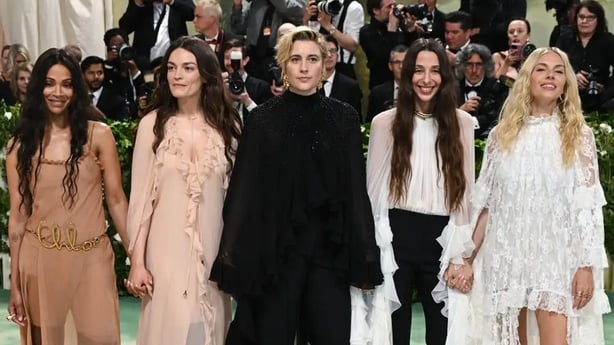
Kamali reinvented the idea of femininity that the brand is known for, kick-starting the so-called ‘Chloé Craze’, which saw an influx of celebrities wearing the collection on red carpets; from Daisy Edgar-Jones to Jennifer Lopez, Zoe Saldaña and Sienna Miller.
"It was like this world was opening up in front of me," Kamali said of her first experience at the house. "It was really like, OK, this is where I belong. [It was one of] those decisive moments, when you connect to something that you feel is intuitively right."
3. Miuccia Prada
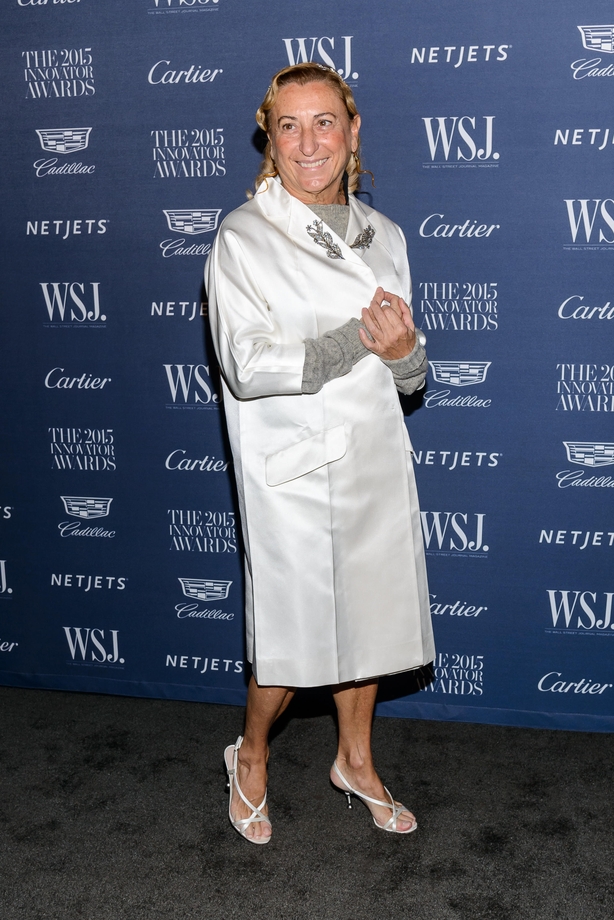
Miuccia Prada has been instrumental in the fast-changing evolution of women’s fashion in the 20th and 21st century.
While fashion in the 20th century was a story of liberation – first from corsets, then from long skirts and eventually from sky-high stilettos – one expectation remained: women’s clothing had to be pretty. That’s where Miuccia Prada changed the game.
A trained political scientist and former member of the Italian Communist Party, Prada took over her family’s luxury leather goods business in the late 1970s.
What she did with the label was revolutionary. Instead of following traditional ideas of beauty, she challenged them. Her spring/summer 1996 collection – often called the "ugly prints" collection – celebrated what fashion had long rejected: bold upholstery-style prints, clashing acid colours, square-toed T-strap shoes, and chunky-heeled loafers.
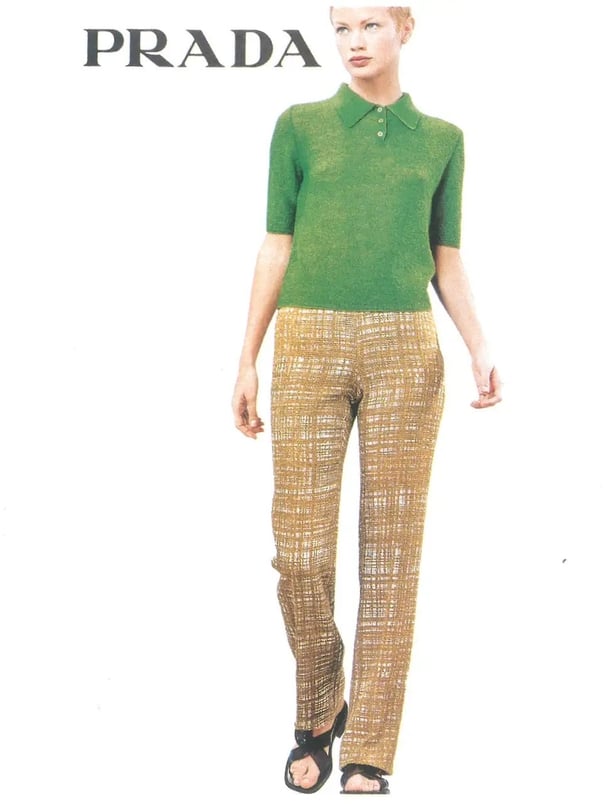
As she put it herself, "Ugly is attractive, ugly is exciting. Maybe because it is newer."
Her vision reshaped fashion in the late Nineties. Suddenly, stylish women weren’t just wearing delicate dresses and high heels, they were sporting thick glasses, quirky prints and heavy shoes.
Prada continued to push boundaries, pairing midi skirts with rugged brogues, mixing babydoll tops with board shorts and making socks with sandals look effortlessly cool.
She turned practical, everyday items – like nylon puffer jackets – into high-fashion, while still designing glamorous, curve-hugging dresses.
Prada’s genius lies in her ability to make anything desirable – whether it’s an unexpected colour combination, a utilitarian fabric or juxtaposing silhouettes.
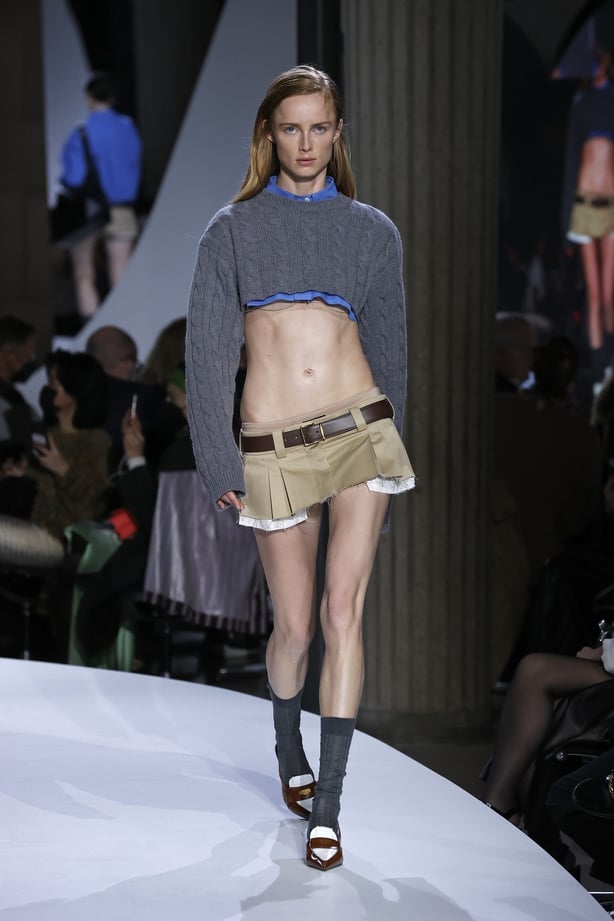
The Italian fashion designer constantly has her finger on the pulse, which made her label Miu Miu (launched in 1993) an immediate hit with the fashion youth and Gen Z, most recently creating an appetite for pleated mini skirts, pimped-up ballet flats and geek-chic glasses.
Miuccia Prada is a success because she doesn’t just design clothes, but redefines beauty, proving that confidence and individuality will always be in style.
4. Katharine Hamnett
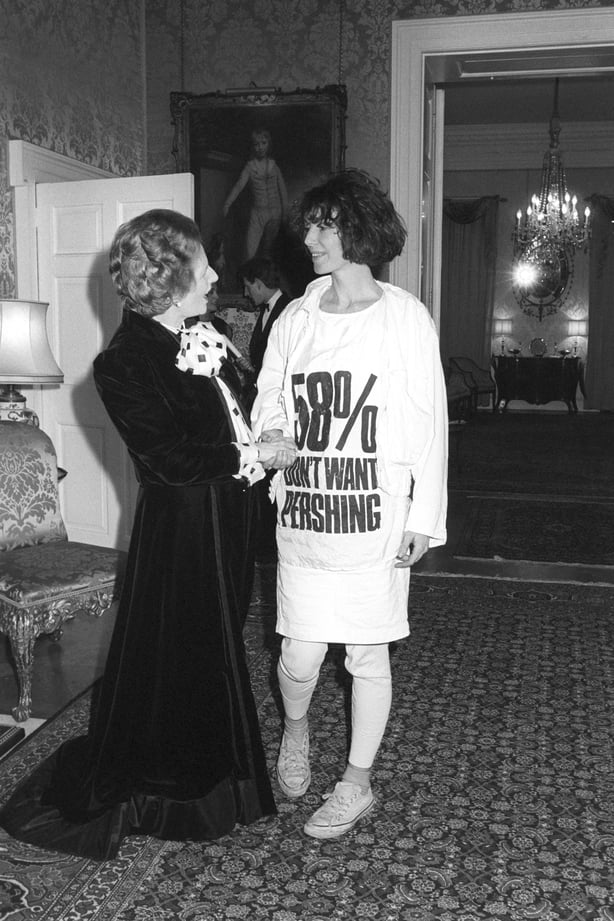
A pioneer of political fashion, Katharine Hamnett used clothing as a tool for activism.
At the heart of London’s 1980s fashion scene, Hamnett dressed icons like George Michael while making bold statements – most famously when she met the then Tory Prime Minister Margaret Thatcher in 1984 wearing a T-shirt that read "58% DON’T WANT PERSHING," protesting nuclear weapons.
In the 1990s, Hamnett uncovered the devastating environmental impact of cotton farmers who were dying from pesticide use in cotton production.

She took a stand, shifting her business to focus on ethical, sustainable fashion long before it was mainstream. While others chased profit, she spoke out about environmental damage and worker exploitation, often facing backlash from the industry.
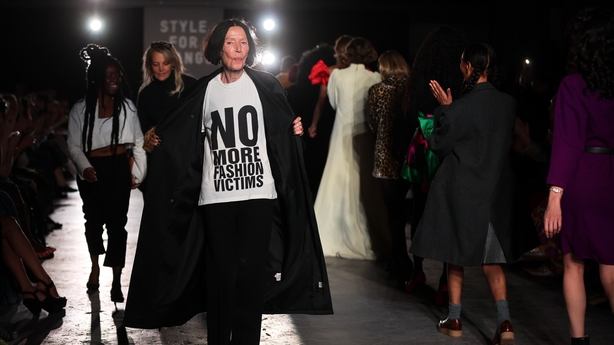
Today, her influence is everywhere. Slogan T-shirts are now a staple of activism, sustainable fashion is a mainstream movement and Hamnett has finally being recognised as a visionary. Perhaps if the industry had listened to her 30 years ago, it might not be in the sustainability crisis it’s in today.
5. Diane von Furstenberg
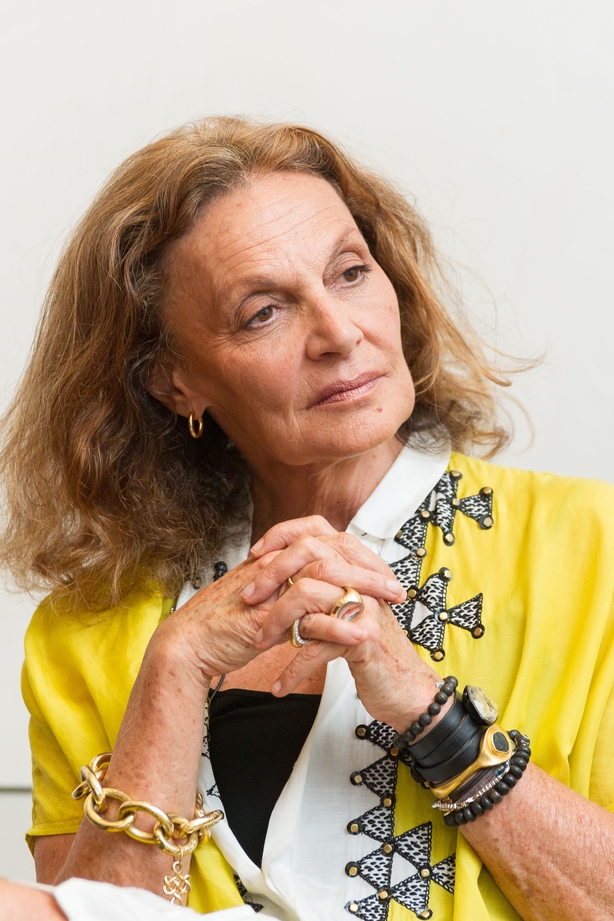
You may know her as the inventor of the wrap dress. Diane von Furstenberg first introduced the garment in 1974, having come up with the idea when she separated from her then-husband Prince Egon von Furstenberg and wanted to wear something that felt modern and independent, a far cry from her former socialite wardrobe.
"Usually, the fairy tale ends with the girl marrying the prince," she told Vogue in 2012. "But mine started as soon as the marriage was over."
By 1976, von Furstenberg was selling 25,000 dresses a week. As the style became wildly popular, countless imitations followed, leading to a dip in her business. However, unlike many designers who faded away, von Furstenberg made a remarkable comeback in the early 2000s.
In 2006, she became president of the Council of Fashion Designers of America (CFDA), a role she held until 2019, when she handed it over to Tom Ford.
By then, a new generation of fashion lovers embraced her brand, whether or not they knew the history of the wrap dress. (Her frequent appearances on MTV’s The City as Whitney Port’s boss certainly helped.)
Over the years, she explored new silhouettes and daring prints, but as she now approaches five decades in fashion, she’s returning to what made her iconic: effortless, empowering clothes.
Reflecting on her legacy, the 78-year-old designer has said: "If I have made any contribution, I want it to be that we were the friend in the closet. We serve women’s needs."
6. Kimora Lee Simmons
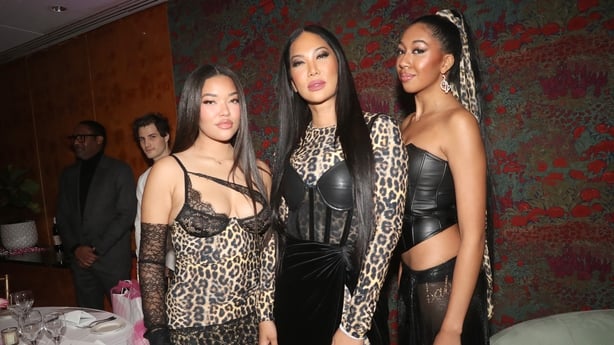
TV personality and fashion designer Kimora Lee Simons was a staple of the early 2000s. Signed to Chanel as a runway model in the early 90s when she was just 13, she became a muse to then Creative Director Karl Lagerfeld (he went on to design her wedding dress).
As a model, she landed endless magazine covers and appeared in campaigns for high-end brands including Versace, Calvin Klein, and Armani. Then, in 1999, she launched her own fashion line: Baby Phat.
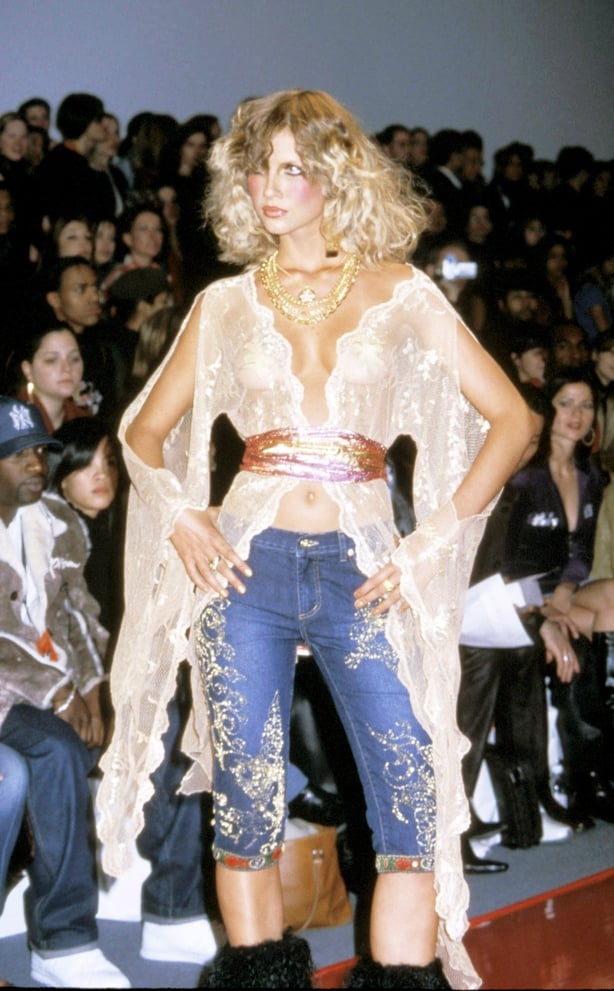
The womenswear brand embodied the 1990s and early 2000s, with iconic baby tees, bedazzled jeans, faux fur-lined hood, and velour everything. Her fashion shows boasted star-studded front rows, with Tyra Banks, Queen Latifah, Kim Kardashian, Mya, Nicky Hilton, and Brittany Murphy in attendance.
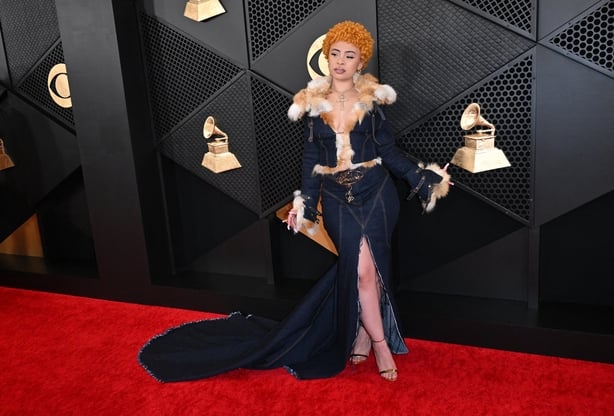
The clothing brand ran until 2010 but has recently made a resurgence due to the cyclical nature of the fashion industry and it's current love for all things y2k. With 2000s nostalgia trending, the entrepreneur relaunched the label in 2019.

